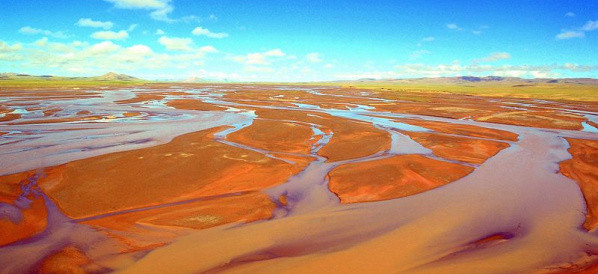 19 词条
19 词条主页 > 词条 > 塞尔维亚 (SR) > слика
слика
What we call art in all its forms—painting, sculpture, drawing and engraving—appeared in human groups all over the world in the period known as the Upper Paleolithic, which is roughly from 40,000 to 10,000 years ago. In Europe, sophisticated and powerful paintings from this period have been discovered in caves such as Lascaux in France. In 1994 possibly even more astonishing works were found in the Chauvet cave in the Ardèche Valley, also in France. Cave paintings consist of pigments such as coloured earths rubbed onto the rock. In some cases they appear to have been mixed into a paste first. The paintings mostly represent animals but there are some human images. Since then painting has changed in essence very little. Supports evolved from rock faces, through the walls of buildings, to portable ones of paper, wood, and finally cloth, particularly canvas. The range of pigments expanded through a wide range of earths and minerals, to plant extracts and modern synthetic colours. Pigments have been mixed with water and gum to make a paint, but in the fifteenth century in Europe the innovation of using oil (linseed) produced a newly flexible and durable medium that played a major part in the explosion of creativity in Western painting at the Renaissance and after. At the same time subject matter expanded to embrace almost every aspect of life (Genres).
您想要说什么?
新闻词条
精选词条
Јангце
The longest river in Asia, and the ('''third-longest in the world'''). It flows for 6,418 kilometres (3,988 mi) from the glaciers on the Tibetan ...




